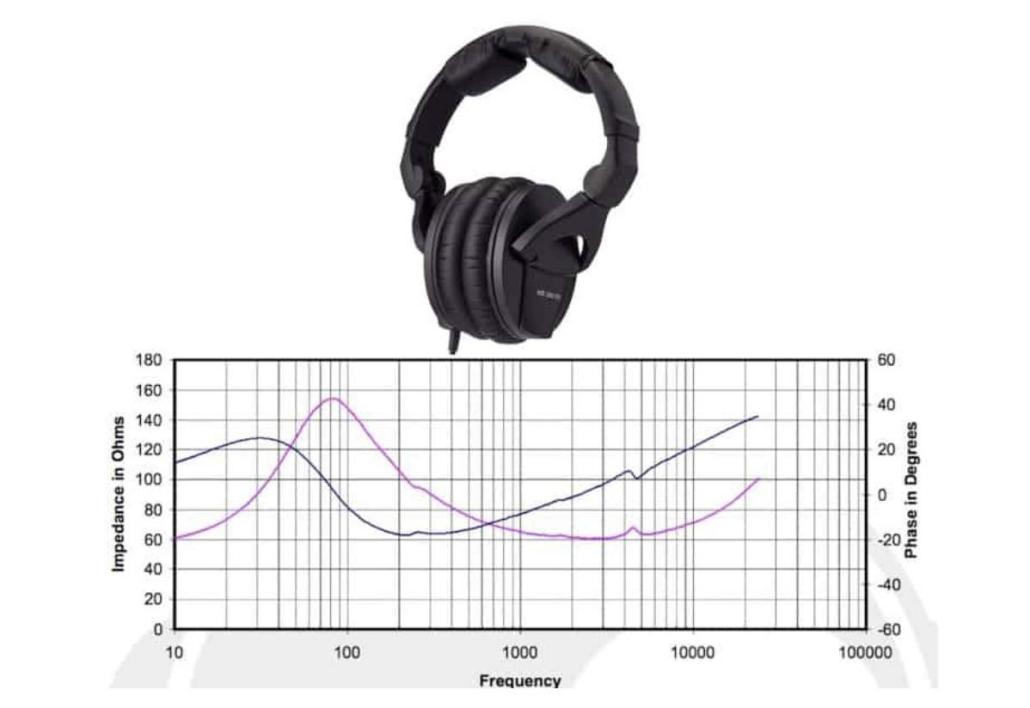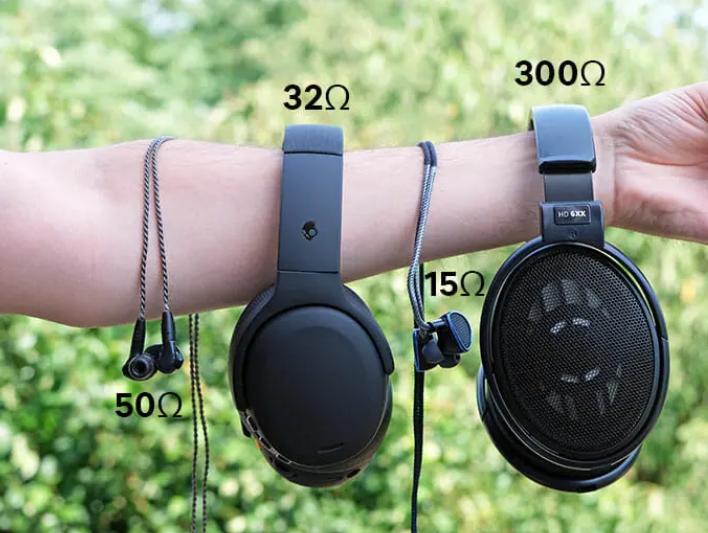When exploring the world of headphones, you might have come across the term “ohms” without really understanding its significance. This term, often used in headphone specifications, plays a crucial role in determining how your headphones sound and perform with different audio equipment. Understanding what ohms are and how they affect your listening experience is essential for making the right choice when purchasing headphones.
Impedance, expressed in ohms, indicates the resistance that headphones offer to the electrical signal provided by your audio device. This guide will help you understand what are ohms in headphones, how impedance influences sound quality, and how to choose the right headphones for your specific needs. By the end, you’ll be better equipped to navigate the various options available and make an informed purchase.

What Are Ohms in Headphones?
What Does Impedance Mean in Audio?
Impedance, measured in ohms (Ω), represents the resistance that an electrical circuit offers to the flow of alternating current (AC). In the context of headphones, impedance signifies how much the headphones resist the electrical signal sent by your audio device. The concept might seem technical, but it has a direct impact on the sound you hear.
The Role of Electrical Resistance in Headphones
Electrical resistance affects how much power is required to drive the headphones. Higher impedance headphones require more voltage to deliver the same audio signal compared to lower impedance headphones. This resistance also helps in controlling the movement of the headphone drivers, which ultimately determines the accuracy and clarity of the sound produced.
Why Do Headphones Have Different Ohm Ratings?
Headphones are designed with varying impedance ratings to suit different applications and audio sources. For instance, portable devices like smartphones often pair well with low-impedance headphones (16-32 ohms) because they require less power to achieve good volume levels. Studio headphones, on the other hand, might feature higher impedance ratings (250 ohms or more) to deliver precise audio monitoring when used with professional audio equipment.
How Ohms Affect Headphone Performance
The Relationship Between Impedance and Sound Quality
Impedance plays a crucial role in sound quality. Higher impedance headphones generally provide better sound control and precision, as the increased resistance allows for more accurate driver movement. This results in clearer, more detailed audio reproduction. On the other hand, low-impedance headphones are easier to drive, making them more suitable for portable devices, but they may not deliver the same level of sound fidelity and detail as high-impedance models.
How Impedance Impacts Volume and Power Requirements
Volume and power are directly influenced by impedance. Low-impedance headphones require less power to produce higher volume levels, making them ideal for portable devices with limited power output, like smartphones. In contrast, high-impedance headphones need more power to achieve equivalent volume levels. They often require an external amplifier to reach optimal sound quality, which can impact their efficiency, especially in setups without sufficient amplification.
Comparing Low-Impedance vs. High-Impedance Headphones
Low-impedance headphones are ideal for on-the-go listening with devices like smartphones and tablets. They are lightweight, efficient, and can reach higher volumes with minimal power, making them perfect for portable use. On the other hand, high-impedance headphones are designed for professional and home audio systems where high-end sound quality is essential. These headphones excel in sound precision but may require an amplifier to deliver optimal performance and achieve their full potential.
How to Choose the Right Ohms for Your Headphones?
Matching Headphone Impedance with Audio Devices
To ensure the best performance, match the impedance of your headphones with the capabilities of your audio device. Portable devices like smartphones and MP3 players perform best with low-impedance headphones (under 50 ohms), while home audio systems, amplifiers, and recording equipment are better suited to high-impedance models. This helps maintain optimal sound quality and volume levels for an enhanced listening experience.
Do You Need an Amplifier for High-Impedance Headphones?
Using an amplifier can significantly enhance the performance of high-impedance headphones. Amplifiers provide the necessary power to drive these headphones, ensuring they reach their full potential in terms of sound quality and volume. Without an amplifier, high-impedance headphones might sound weak or underpowered, even when paired with powerful audio sources. To experience the best sound, an amplifier ensures these headphones perform at their optimum level.
Best Impedance Ratings for Different Use Cases
For casual listening with portable devices, opt for headphones in the 16-32 ohm range. These provide good volume with minimal power requirements. If you are using a computer or home stereo system, headphones with an impedance of 50-100 ohms can offer better sound quality without needing an amplifier. For professional monitoring and high-fidelity audio, consider high-impedance headphones (250 ohms or more) combined with a suitable amplifier for optimal performance.

Common Misconceptions About Headphone Ohms
Higher Ohms Always Mean Better Sound – True or False?
False. While higher impedance can correlate with better sound control and detail, it doesn’t automatically mean superior sound quality. Sound quality depends on various factors, including driver design, materials, and overall build quality. High-impedance headphones can offer excellent audio, but so can well-made low-impedance models.
Can You Use High-Impedance Headphones Without an Amp?
Yes, but it’s not always ideal. High-impedance headphones can work without an amp, but they may not perform at their best. Portable devices might struggle to provide the necessary power, leading to lower volume levels and diminished sound quality. Using an amplifier ensures that these headphones receive adequate power to deliver the best audio experience.
Does Impedance Affect Battery Life on Portable Devices?
Yes, low-impedance headphones are more efficient and require less power, which helps prolong the battery life of portable devices. In contrast, high-impedance headphones demand more power, leading to quicker battery drain. If battery life is a concern, especially when using your device on the go, low-impedance headphones are a more practical choice for extended use.
Conclusion
Understanding the role of what are ohms in headphones is crucial for selecting the right pair for your needs. Impedance affects not just sound quality but also how your headphones interact with different audio sources. By considering the impedance and matching it with your audio device, you can ensure optimal performance and an enjoyable listening experience. When selecting headphones, think about where and how you’ll use them. Matching impedance to your devices and considering whether you need an amplifier can make all the difference. Whether you prefer low-impedance headphones for portable convenience or high-impedance models for professional quality, the right choice will enhance your audio enjoyment.
FAQ
What is the ideal impedance for portable devices?
The ideal impedance for portable devices ranges from 16 to 32 ohms. This range ensures that the headphones can produce sufficient volume without requiring excessive power.
Can I use high-impedance headphones without an amplifier?
While high-impedance headphones can be used without an amplifier, they may not perform at their best. An amplifier provides the necessary power to achieve optimal sound quality and volume.
How does impedance relate to headphone sensitivity?
Impedance and sensitivity are different but related factors. Impedance is the electrical resistance, while sensitivity measures how efficiently headphones convert electrical signals into sound. High sensitivity combined with appropriate impedance ensures that headphones can deliver clear, loud audio.